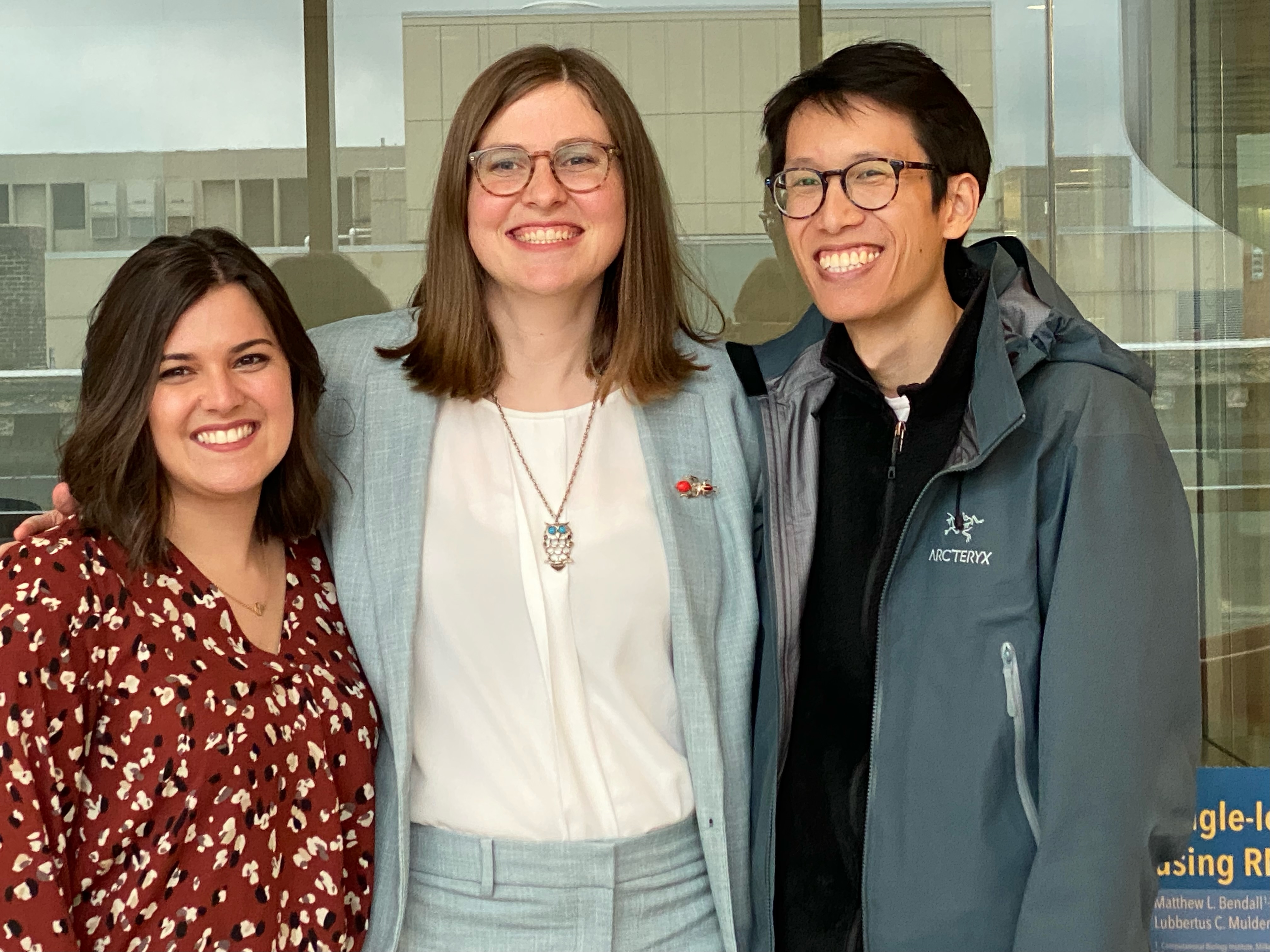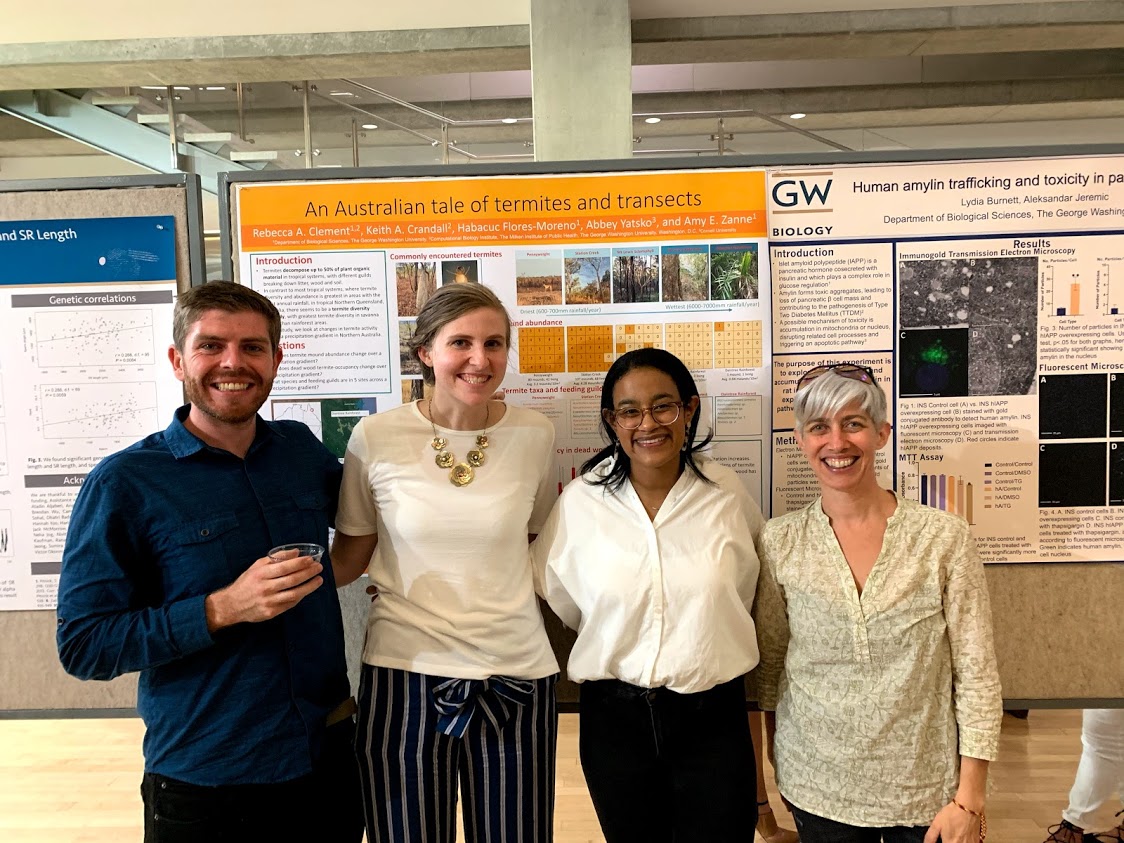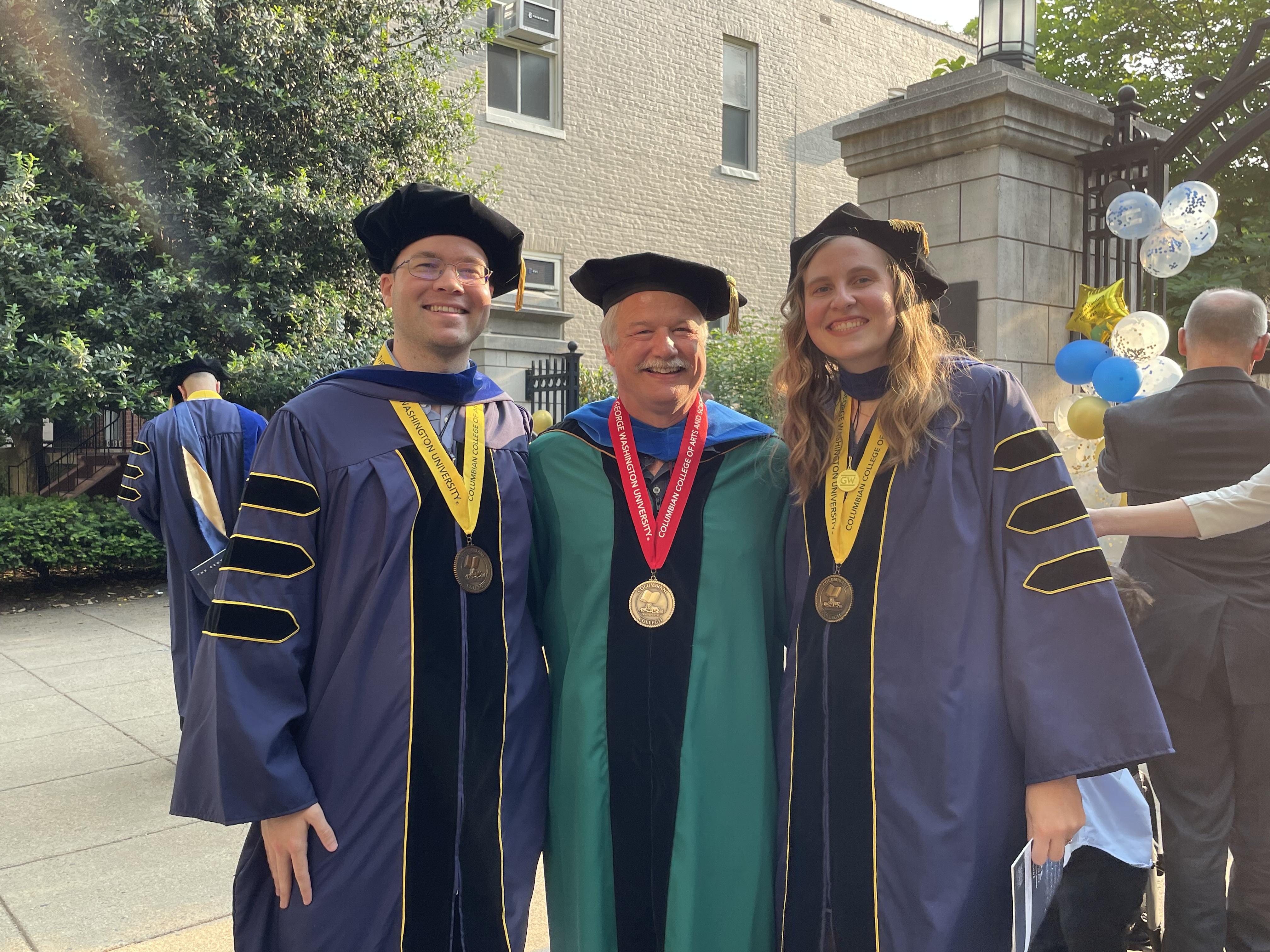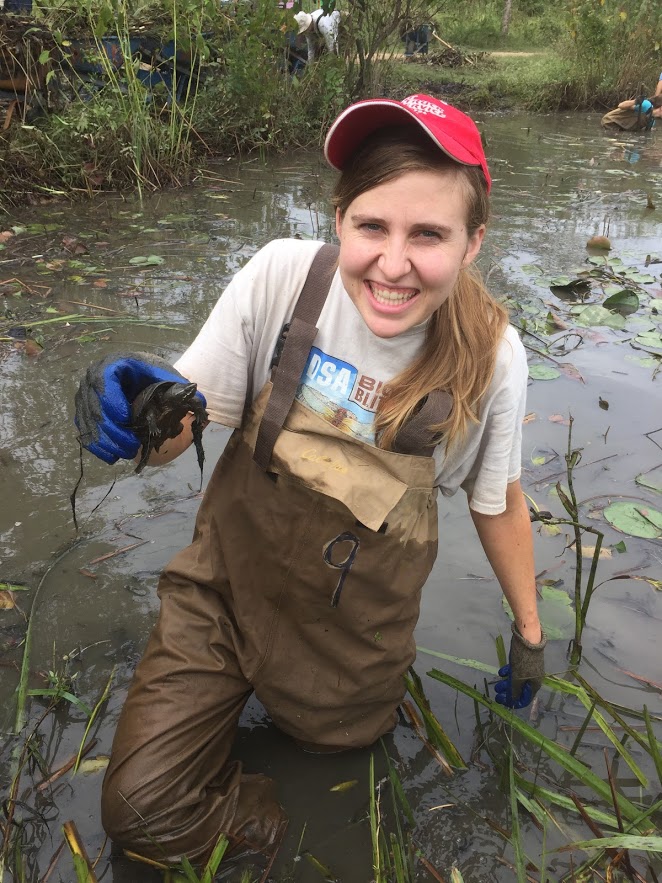About me
I am an evolutionary ecologist and computational biologist interested in the evolution of invertebrate groups and the ecosystem consequences of invertebrate community assembly, especially along human-impacted ecological gradients. I have experience in computational analysis of NGS microbiome and phylogenomic data, wet lab experience directing and performing protocols, and leading researchers in the field. As a translational scientist, I seek to make education a two-way street, and enjoy spreading insect enthusiasm through BioBlitzes in urban and wild settings. In my current role as a Biological Scientist with USDA-APHIS, I work to develop methods to detect insects that may be a threat to agricultural commodities – including those that hybridize!

As a SCINET ORISE PostDoctoral Fellow position working with USDA-ARS, I researched the evolution of aphids. Using genomics techniques, I looked at what role hybridization and introgression played as aphids co-evolved with their plant hosts. I am also interested in the role that human agriculture has in the current distribution and diversity of aphids.
My dissertation (working with Dr. Amy Zanne and Dr. Keith Crandall at George Washington University) focused on the evolution and ecology of Australian termites and how their assembly changes across a rainfall gradient. You know that feeling when you open a brand new box of chocolates and you have no idea what’s inside of them, but you know it’s going to be good? That’s how I feel when I’m opening up pieces of dead wood trying to find termites. I love imagining the hidden worlds of termites and insects that live in a place most people don’t think too much about–decaying wood and plant material. My research involves understanding how biogeographical history and environmental conditions/habitat types shape Australian termite distributions, their gut symbionts and the mounds they build.

I first discovered the feeling and appreciation for the hidden world of insects when as an undergraduate biology student at Brigham Young University, I surveyed for insects in a local stream and realized how many types of insects live under the water! This experience led me to start thinking about what insect communities look like in different habitat types, culminating in a publication with Dr. Riley Nelson on how grazing affects fly distributions in Mongolia. Although habitat type can affect insect distributions at a local scale, biogeographical history and evolution determine community structure at a wider scale. Working with Dr. Seth Bybee and international colleagues from Brazil and Cameroon, I started learning about how evolutionary relationships of dragonflies and damselflies have shaped their distributions and behaviors today. As a PhD student at George Washington Universtiy with advisors Dr. Keith Crandall and Dr. Amy Zanne, I learned to combine bioinformatics with ecology and evolution to be able to take advantage of rich data sources and ask questions about how traits affect an organisms’ ability to respond to variations in environmental variables.
Although I love insects, I also like people. Some of my favorite experiences in academics so far have been sharing what I learn with others. My favorite way to do this is through BioBlitzes, which bring together people from the community to understand the hidden diversity in their community. Recently I have become more interested in urban ecology, and the ability of insects to live alongside humans in cities. During my time at GW I have had the chance to mentor and assist international students. I have also participated in several events bringing science to religious groups, who can often feel wary of how the fields of evolution and ecology may collide with their systems of belief.


